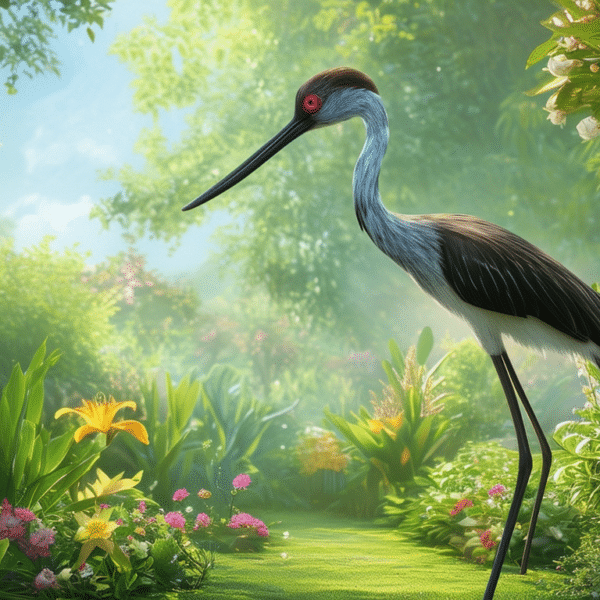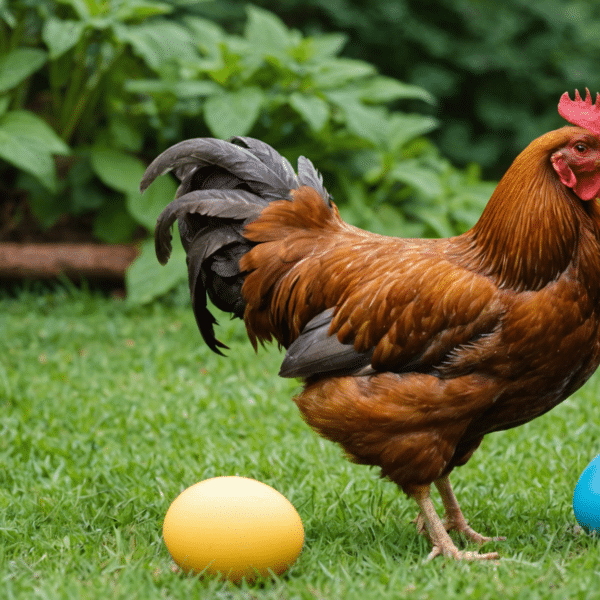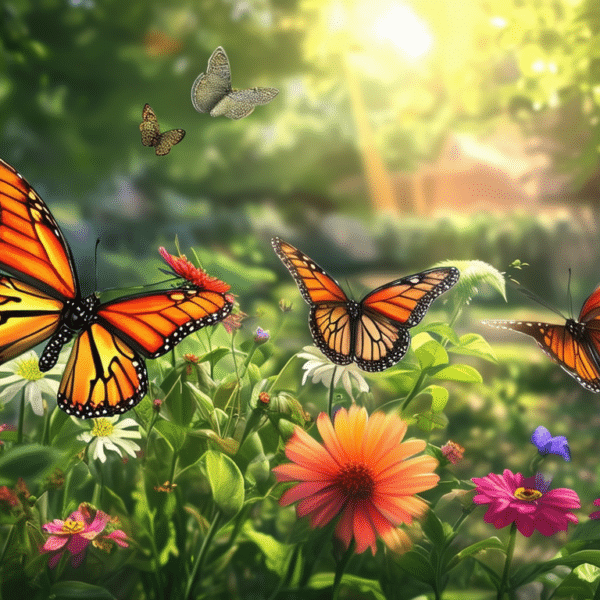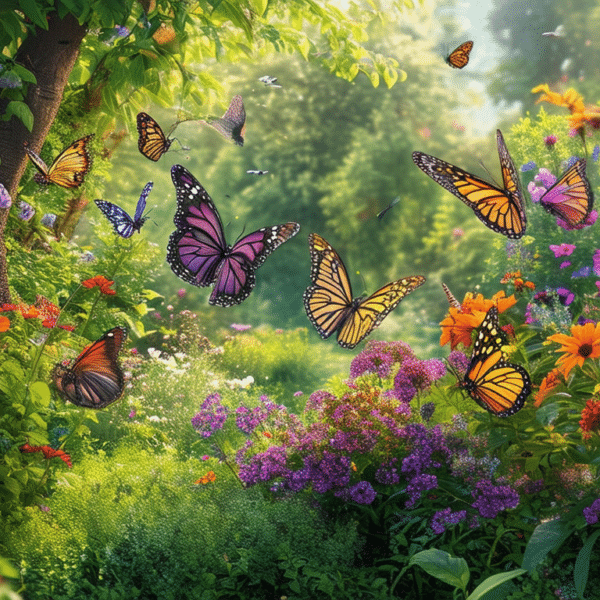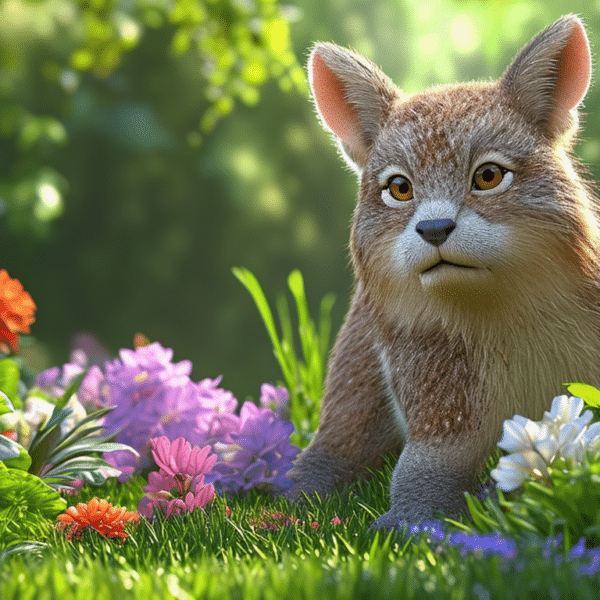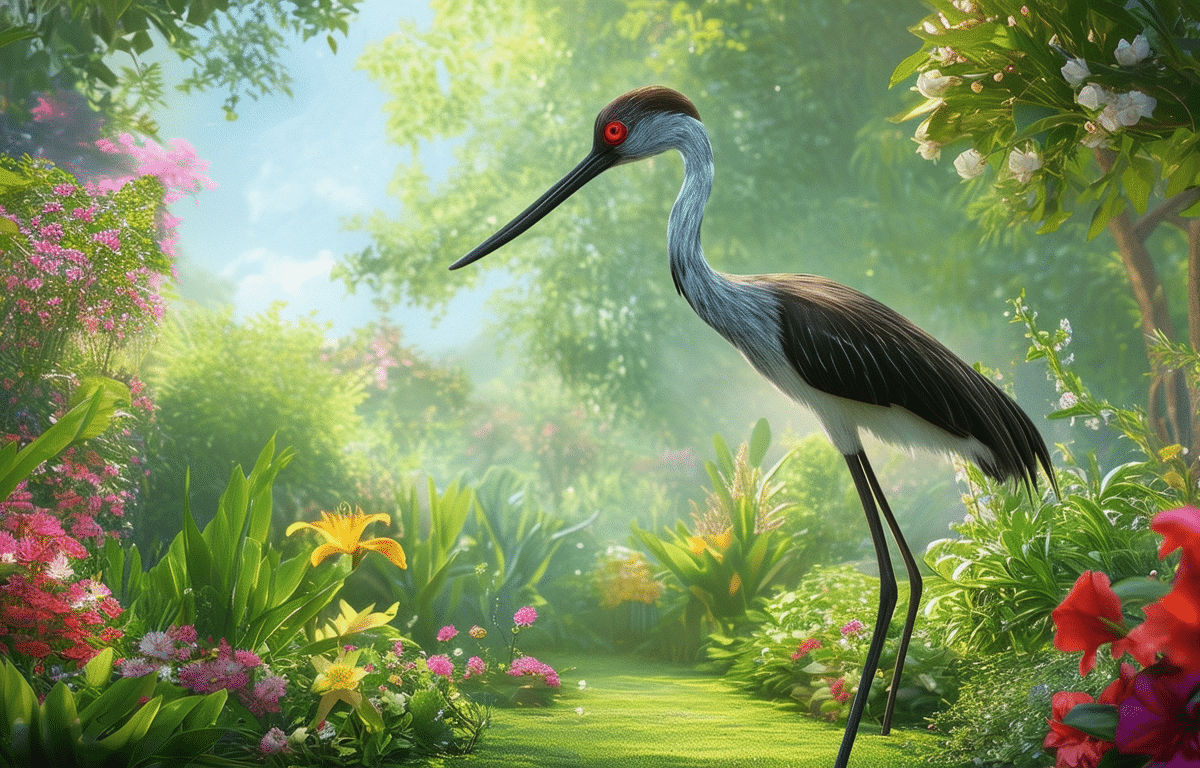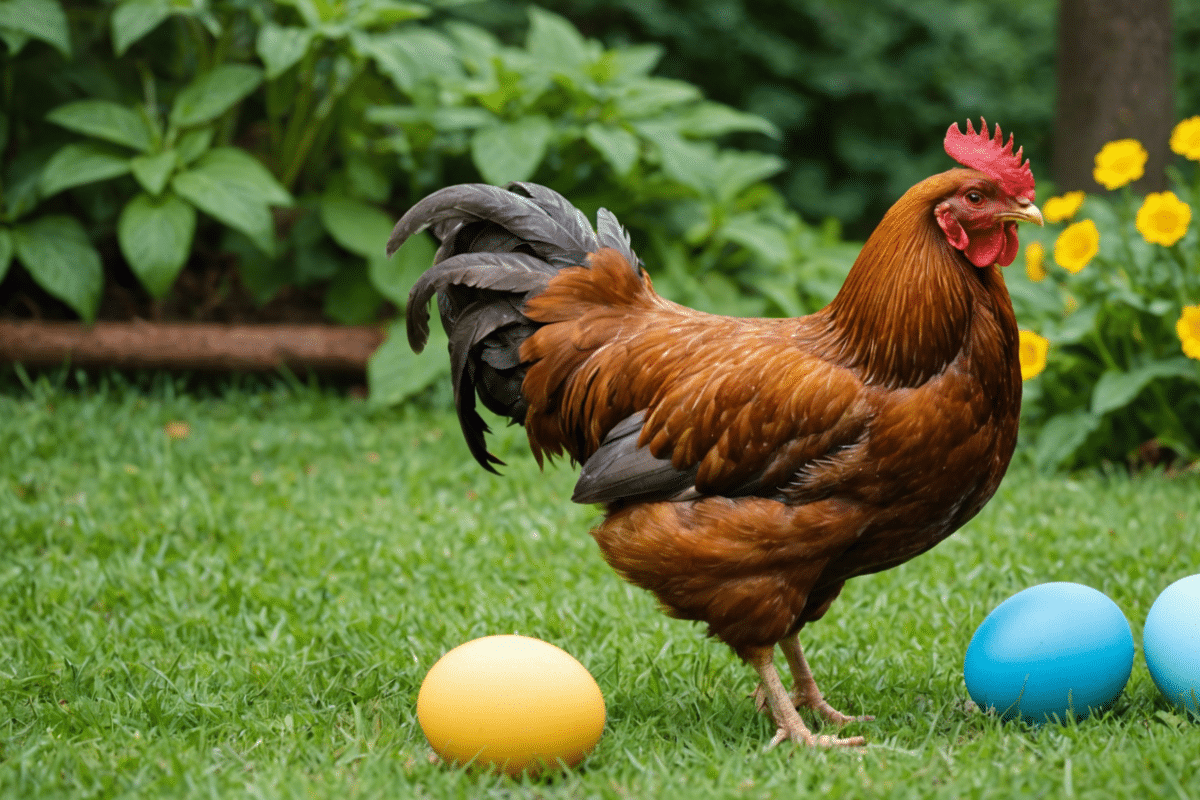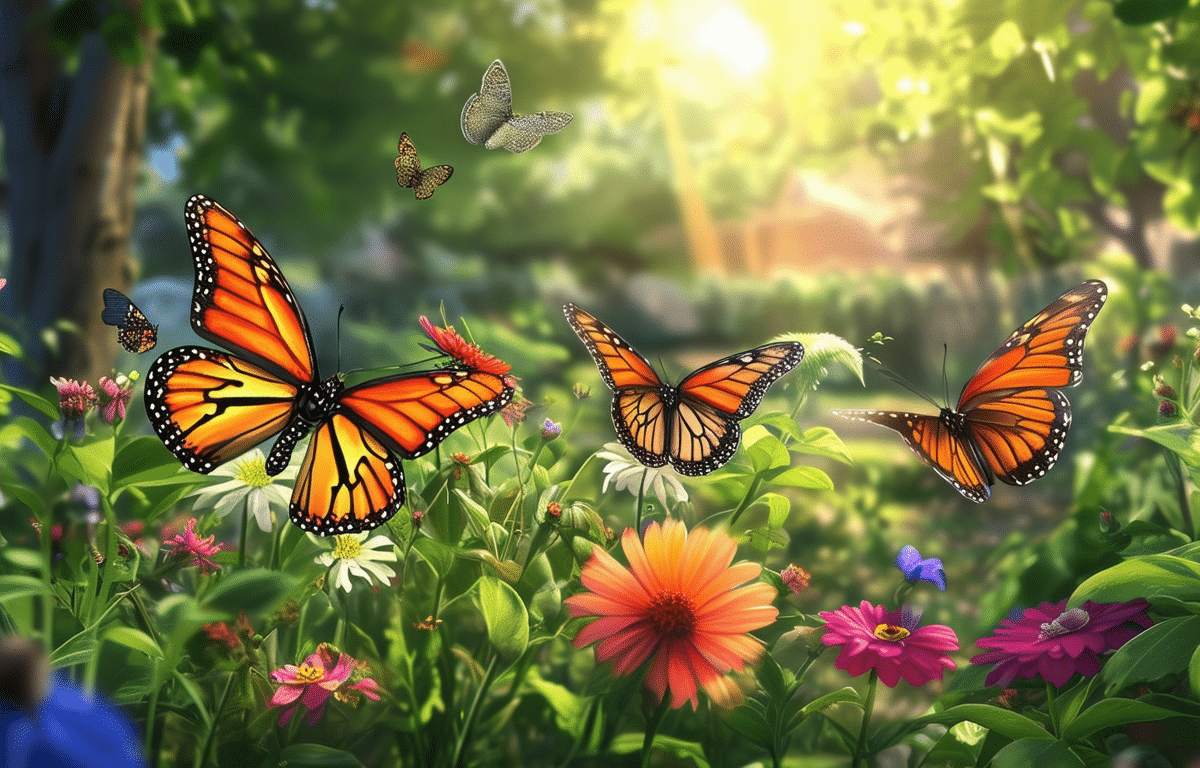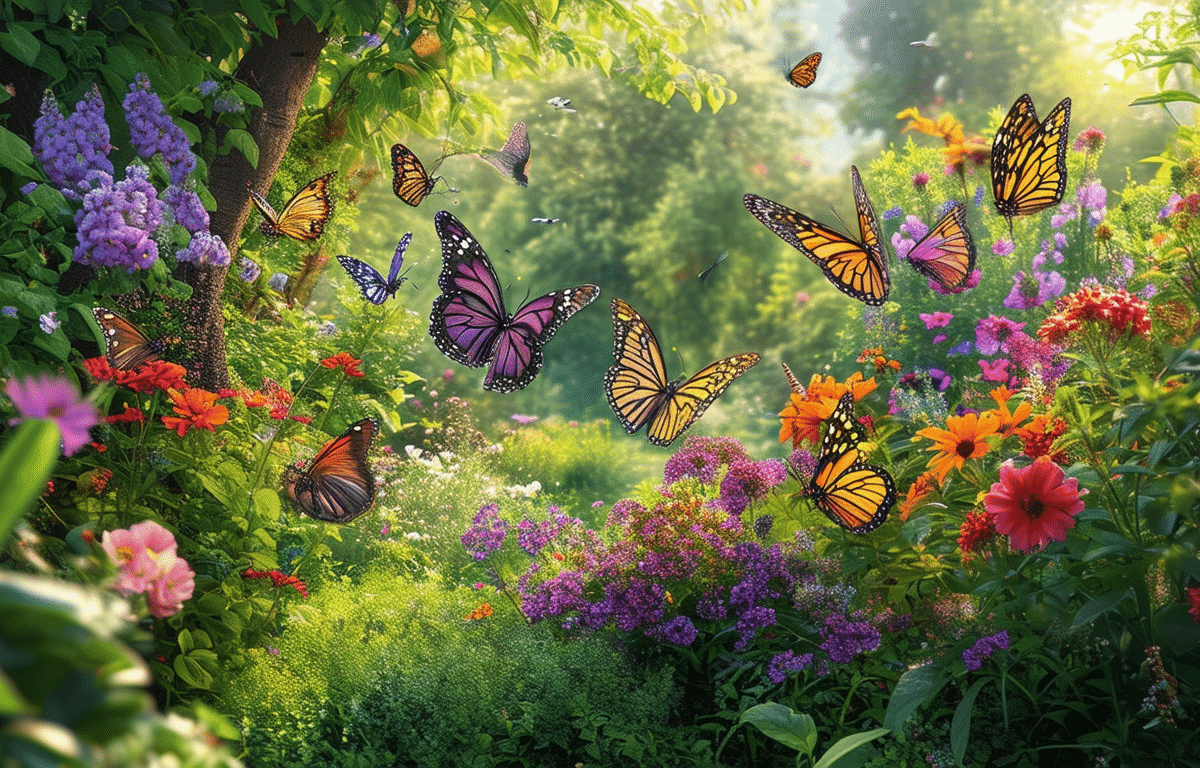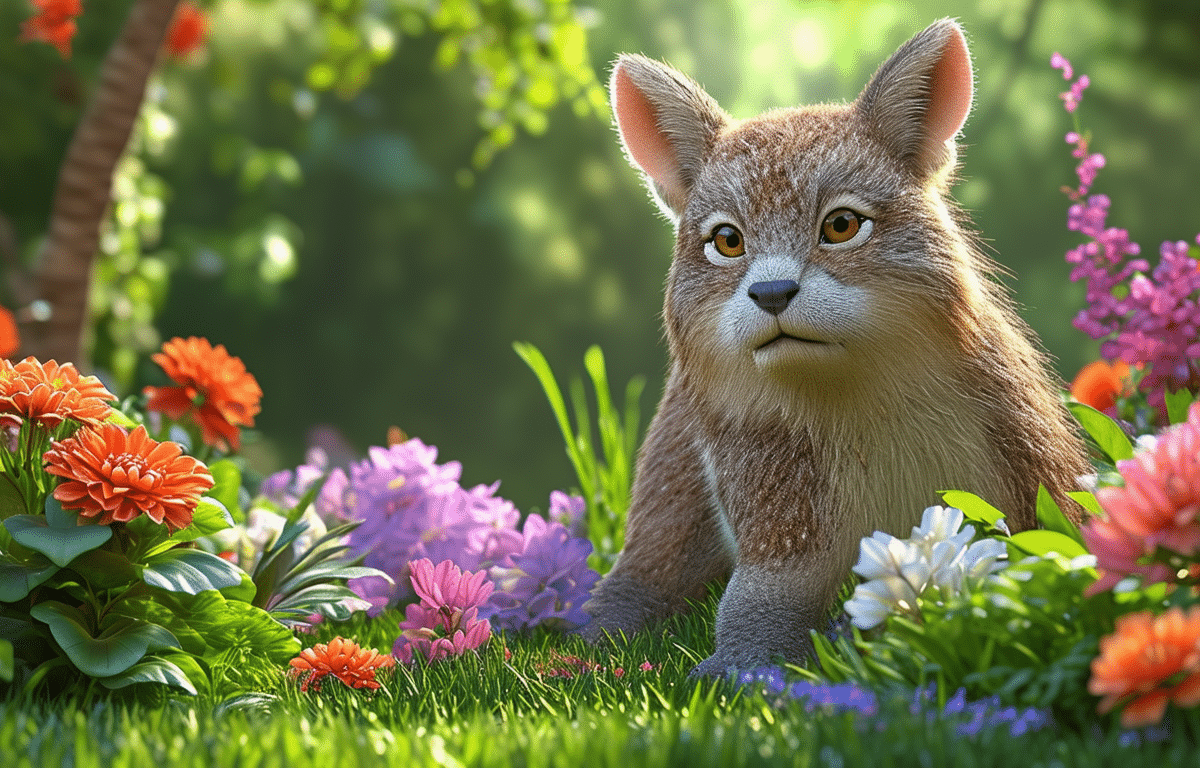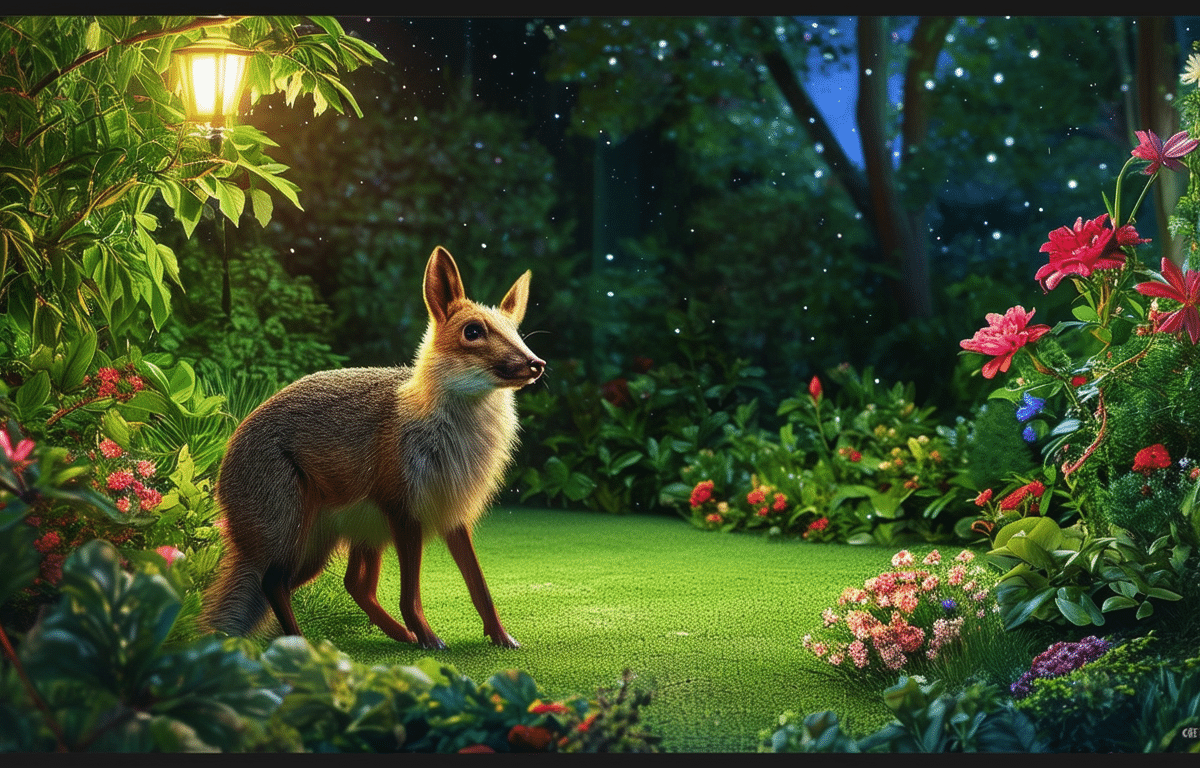Content
Backyards are bustling with life, often hosting an array of small animals that we may or may not readily notice. From the industrious insects that roam the ground to the fluffy rabbits that hop around, these creatures play vital roles in the ecosystem that is a garden. Exploring the diversity of species that thrive just beyond our doors can illuminate the complexities and wonders of the natural world.
Unveiling the Hidden Life of Insects

Insects are, without a doubt, the most common denizens of backyard habitats. From the pollinating prowess of bees to the curious behavior of ladybugs, a careful observer can witness the delicate balance of nature in their interactions. Perhaps less beloved but equally important are the various species of ants and earthworms that aerate the soil, making it fertile for plants to thrive.
There’s no shortage of diversity when it comes to these six- and eight-legged organisms. Did you know that some beetles, such as the dung beetle, play a crucial role in recycling nutrients? Understanding the behavior and importance of backyard insects is a delightful journey into a miniature world.
Mammals: From Burrows to Backyard Visits
Apart from the teeming insect population, a variety of small mammals may find solace in your backyard. Rabbits, notably the soft-furred angora rabbits, can be spotted nibbling on grass or clover leaves. These gentle herbivores demonstrate complex social behaviors and grooming habits that can be fascinating to observe.
Hedgehogs may also take up residence beneath hedges or within dense vegetation, snuffling through the underbrush in search of their next meal. The presence of these small mammals indicates a healthy ecosystem, as they assist in controlling insect populations and contribute to soil health through their digging habits.
Feathered Friends in the Foliage
Amongst the rustle of leaves and the whisper of grass, the songs of birds are the melodies of a vibrant backyard environment. From the darting hummingbirds seeking out nectar to the robins that scour the ground for worms, each species adds a unique touch to the chorus. Observing their behaviors, such as nest-building and feeding, can be incredibly rewarding and provide excellent opportunities for photography, particularly with wildlife cameras set up in strategic locations.
The presence of birds not only fills the air with music but serves as a vital control measure for insects. Encouraging them into your garden through birdhouses and feeders can create a delightful haven for both avian visitors and those who appreciate them.
Amphibians and Reptiles: The Overlooked Garden Dwellers
Though often out of sight, amphibians and reptiles are silent contributors to the ecological balance of a backyard. Frogs and salamanders thrive in damp nooks, helping to regulate insect populations, while the occasional garter snake slinks through the grass, on the pursuit of rodents or other prey.
Awareness of these creatures is key, as they can be sensitive indicators of environmental health. Efforts to maintain a chemical-free garden not only support the well-being of amphibians and reptiles but also bolster the overall biodiversity of the area.
Creating Habitats for Backyard Wildlife
To encourage a rich tapestry of small animals to call your backyard home, consider intelligent landscaping and gardening practices. Ensuring a variety of plants, leaving some areas unmanicured, and reducing pesticide use are steps that cultivate an environment where wildlife can prosper. The implementation of specific structures, such as brush piles, bird baths, and pollinator-friendly flowers, can attract and sustain the nuanced needs of different species.
- Birdhouses and feeders: Offerings for avian visitors
- Log piles and rock gardens: Retreats for reptiles and insects
- Native shrubs and wildflowers: Natural food sources and habitats
- Natural ponds or water features: Essential for amphibian life cycles
The thoughtful arrangement of such features fosters a living mosaic that changes with the seasons, constantly revealing new aspects of backyard wildlife.
FAQs about Backyard Wildlife
Q: How can I make my backyard more inviting to small animals?
A: Focus on native plants, provide fresh water sources, and create shelters like rock piles and wood logs. Reducing pesticide use also makes your garden safer for wildlife.
Q: What are some signs of a healthy backyard ecosystem?
A: A range of different species, from birds to bees and frogs to foxes, is a good indicator. Also, look for signs of natural behaviors, like nesting or pollination.
Q: How can I observe small animals without disturbing them?
A: Use discrete wildlife cameras, maintain a respectful distance, and create observation points that minimize your impact on their natural behavior.
The exploration of small animals that reside in our backyards leads us down a path of wonder and intrigue. Through attentive observation and informed initiatives to support these creatures, we can not only enrich our enjoyment of nature but also contribute to the health and vitality of our local ecosystems.


